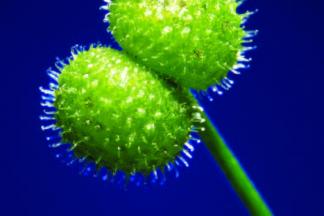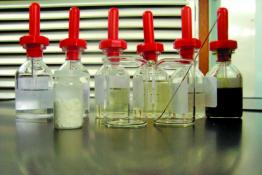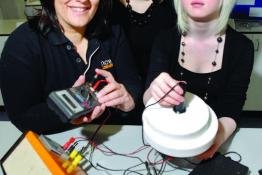Smaller than we normally see
Issue 340 | Page 93 | Published Mar 2011
Description
Microscopes are especially useful for observing fine detail in biological specimens. However, there are many other small items that may be examined with microscopes, and it is important to introduce children to low-magnification images of items they can recognise before moving on to such large magnification that what they observe has no obvious resemblance to that seen using the naked eye. In this article, simple accessible objects such as woven fabrics, printed pages and technical items such as mobile phone screens, CDs and Velcro are shown, in addition to biological and chemical examples for which polarisation is used as a contrast-enhancing technique.
More from this issue
Chemiluminescence has long been a source of fascination for chemists and provides an engaging avenue to explore organic chemistry, chemical...
Student teachers become STEM Ambassadors in a scheme that benefits both the school pupils and the students.



